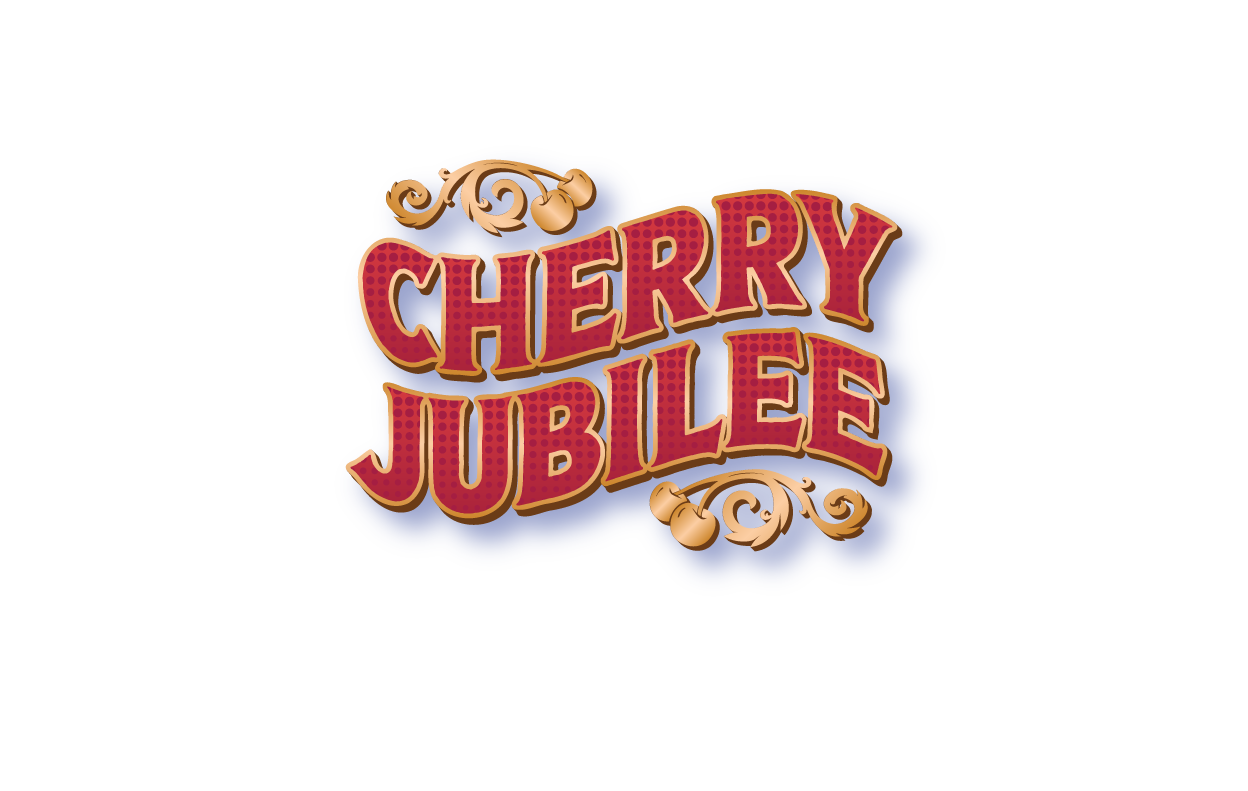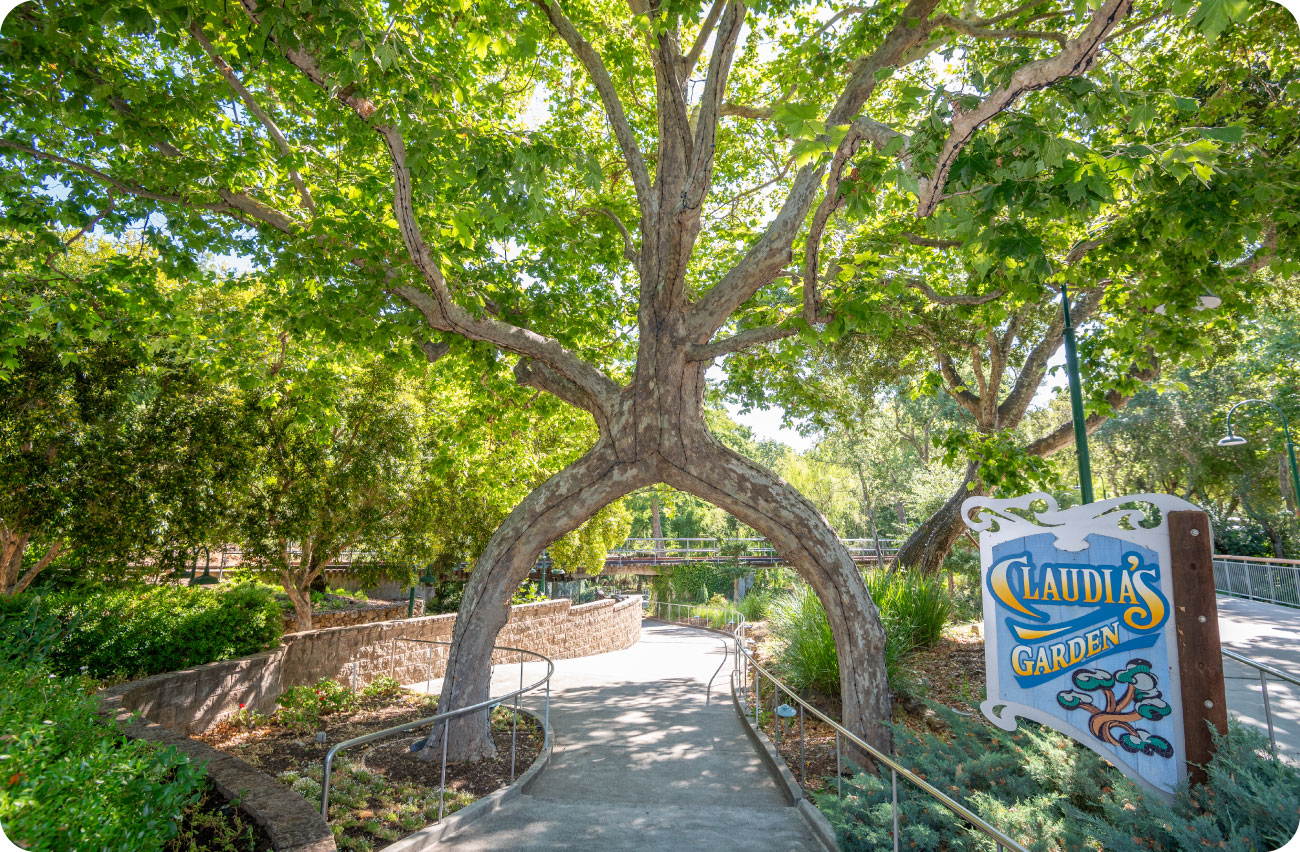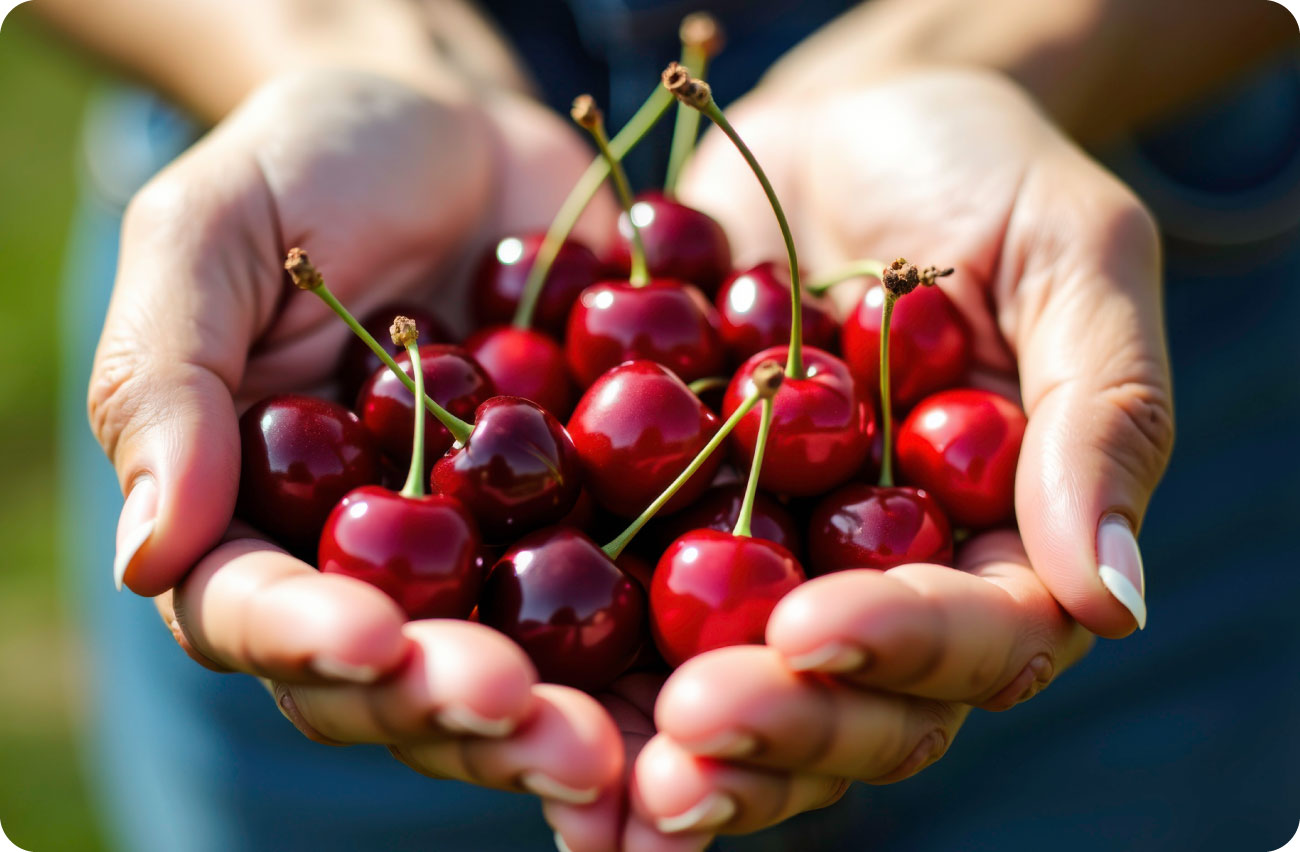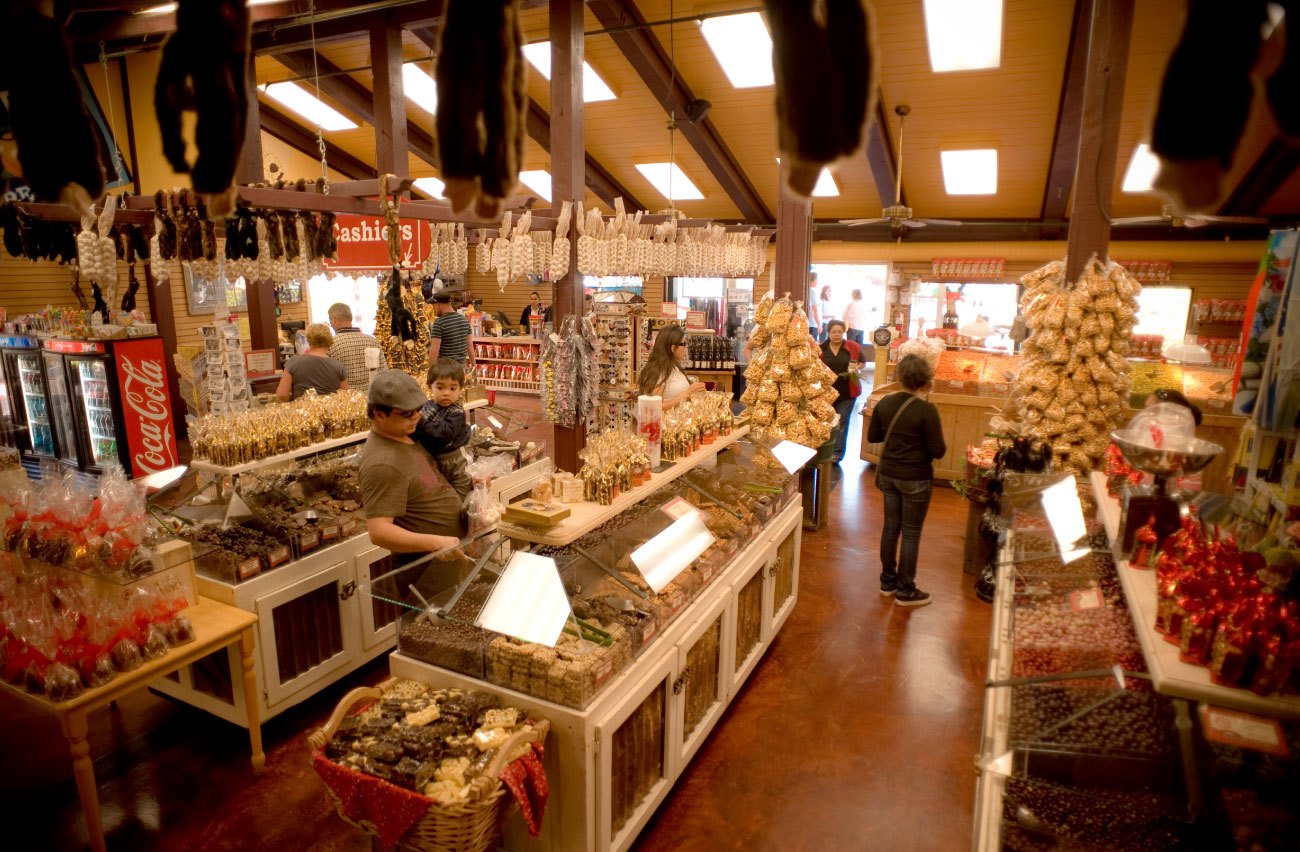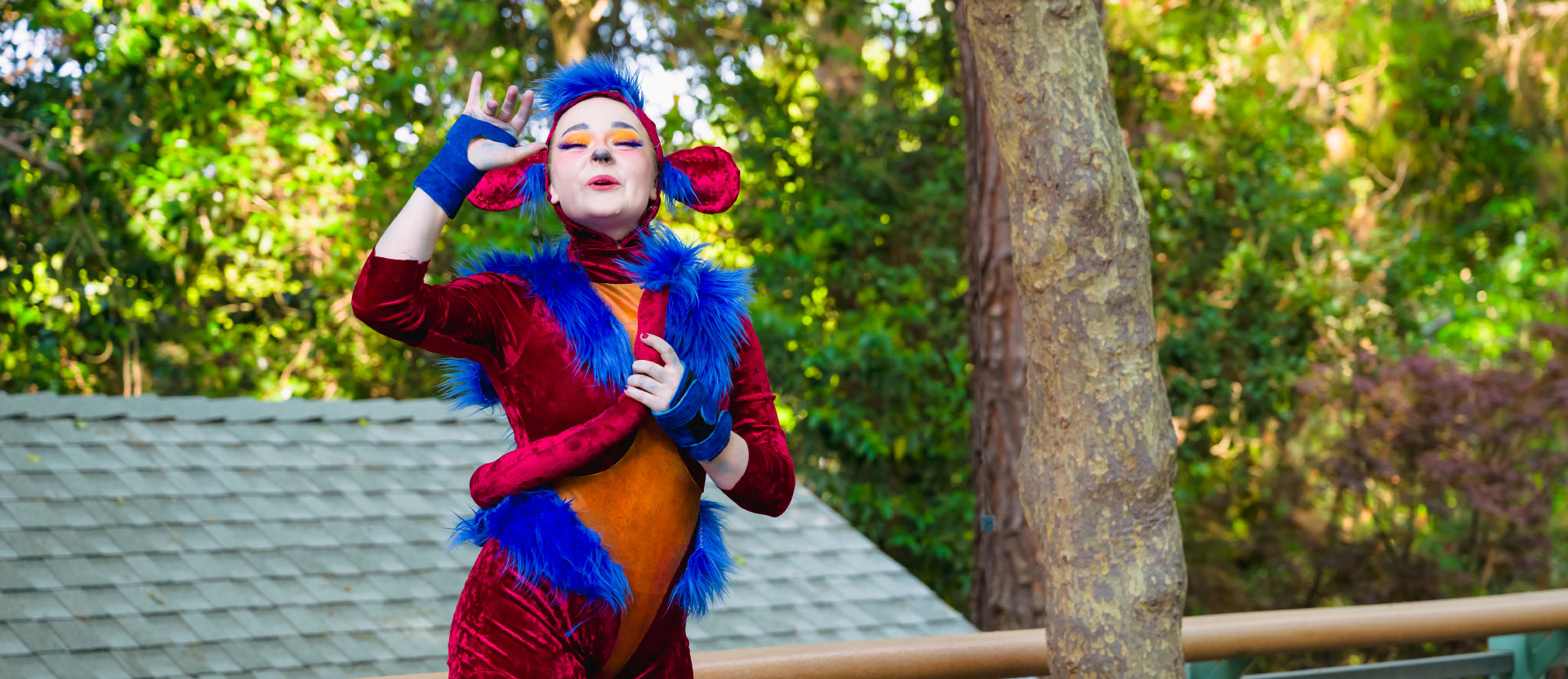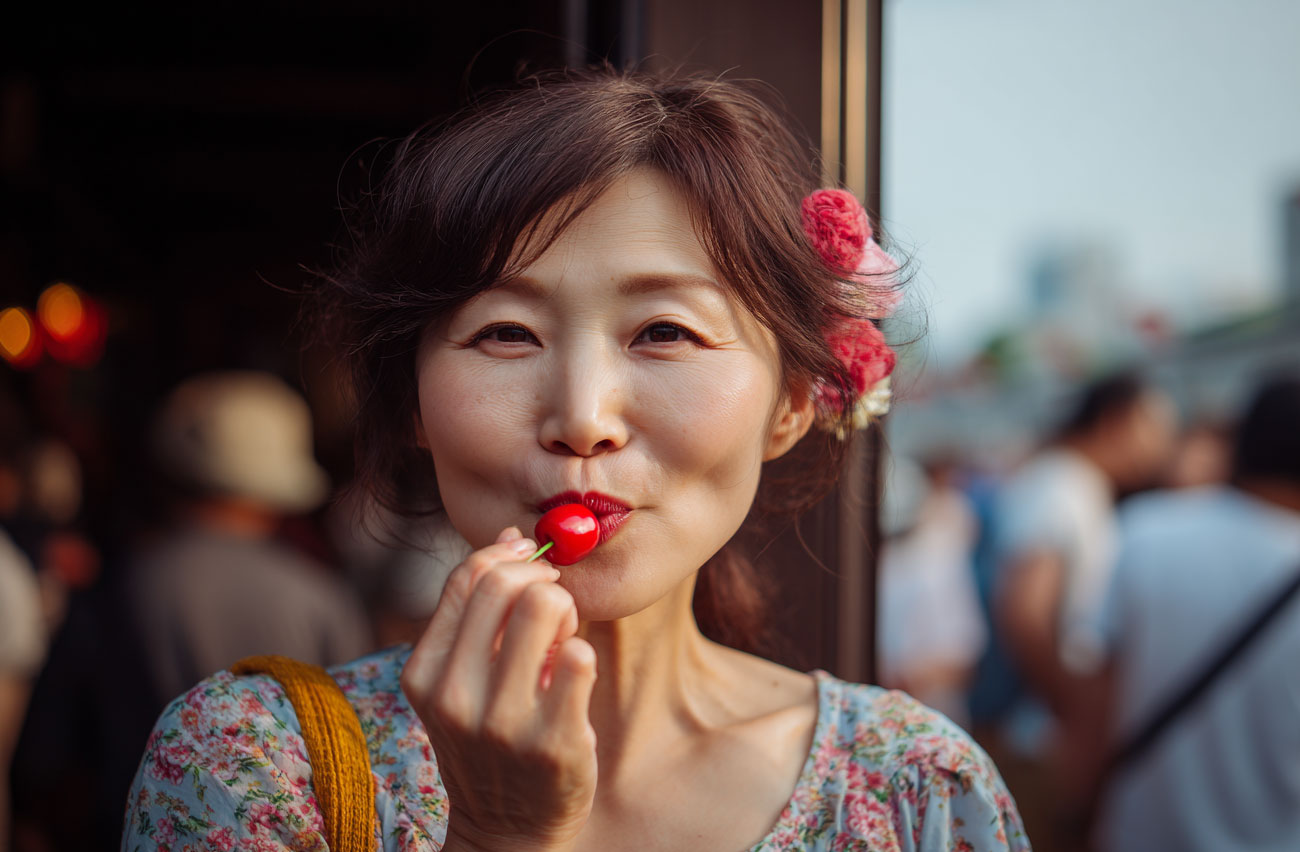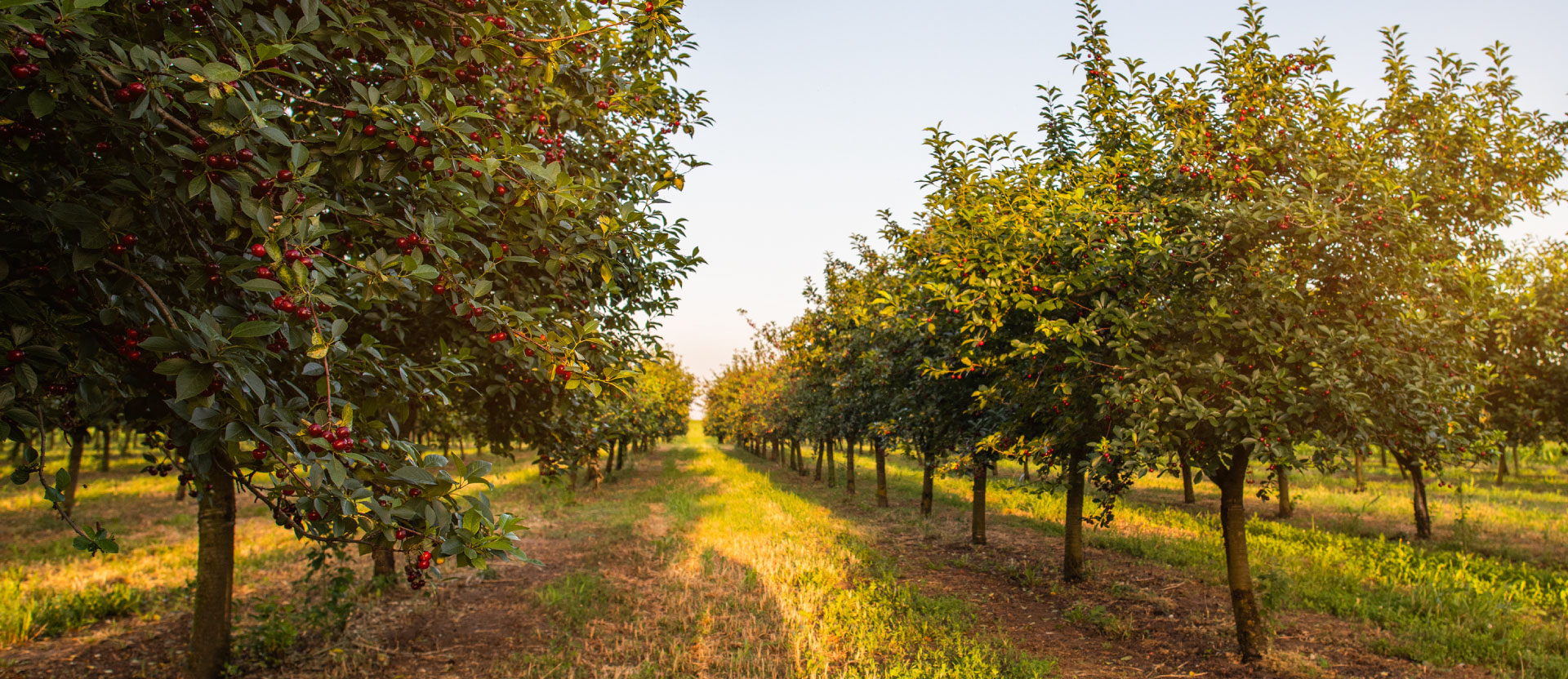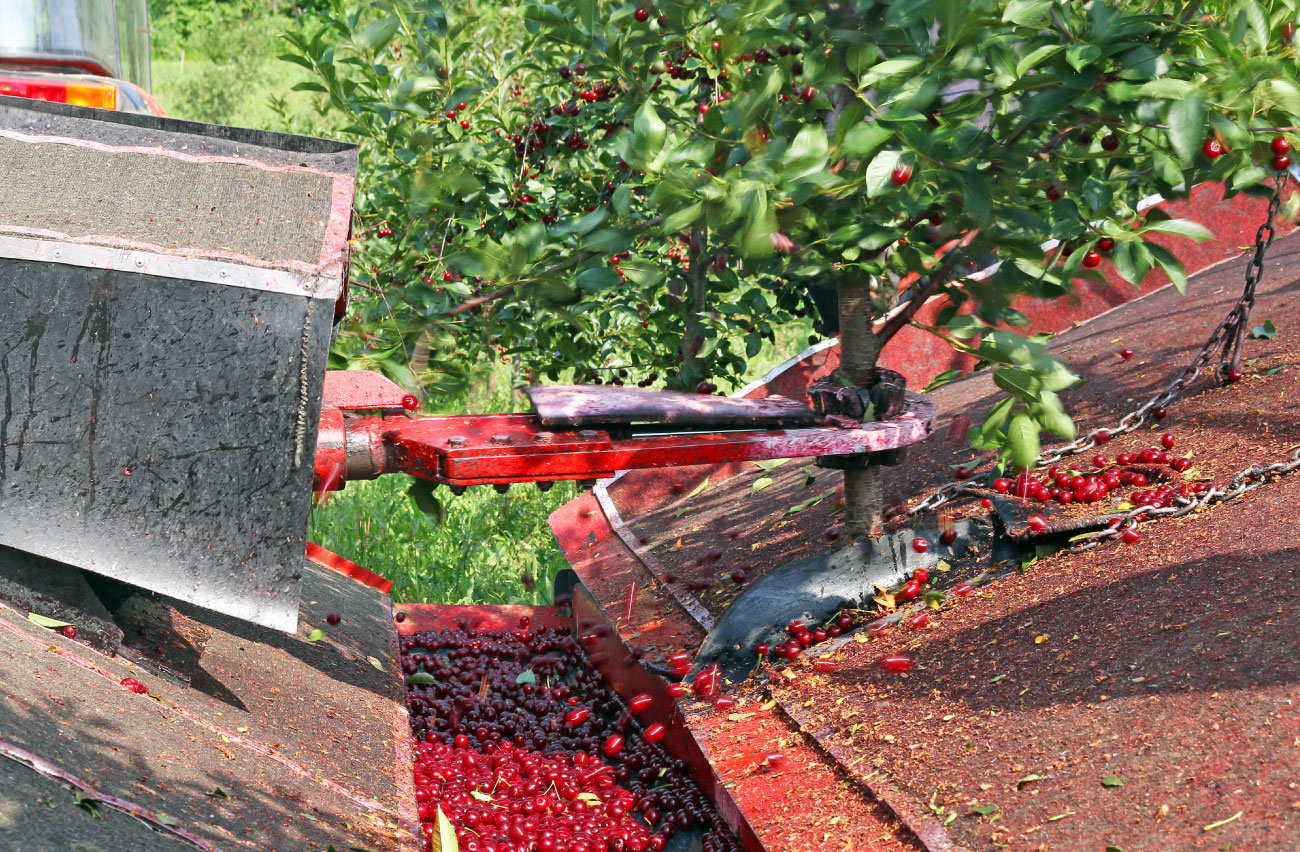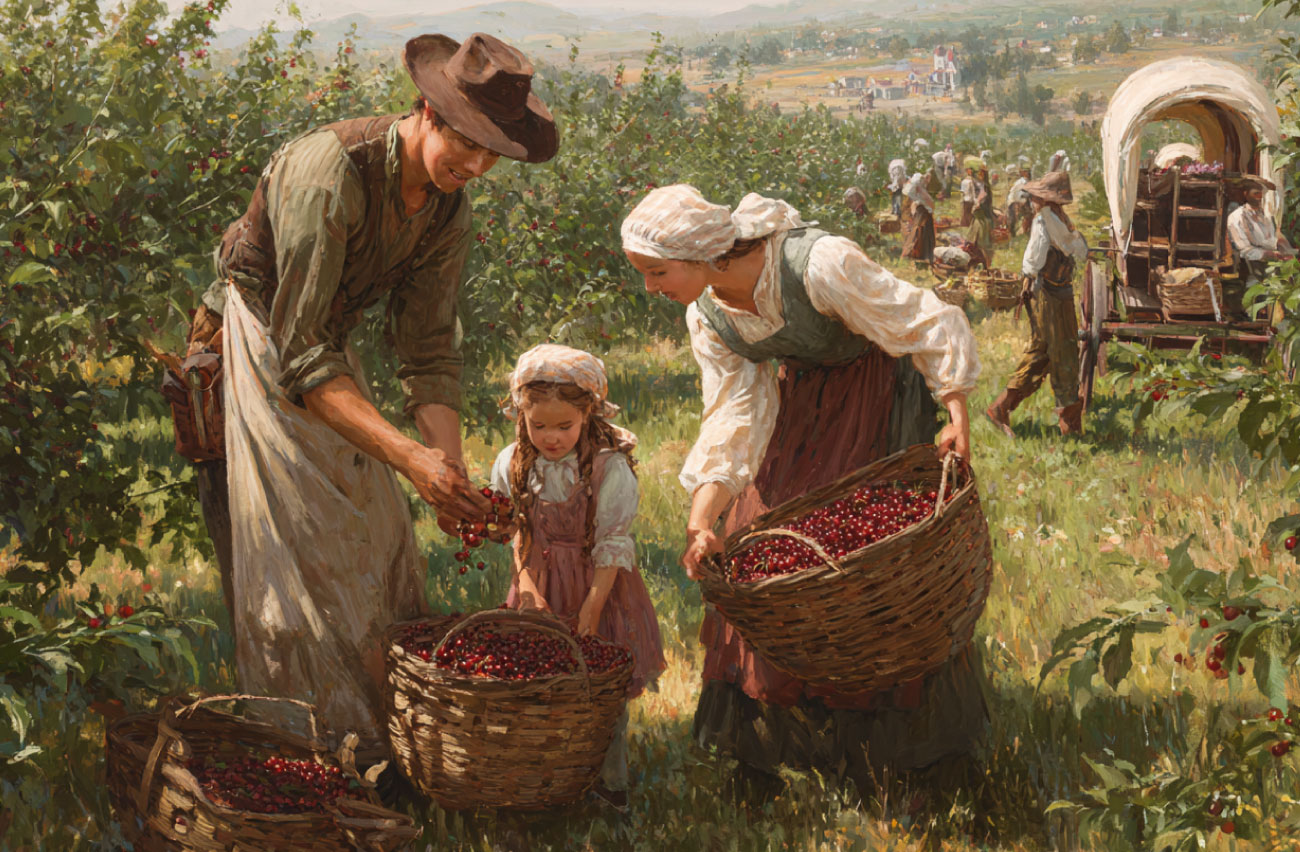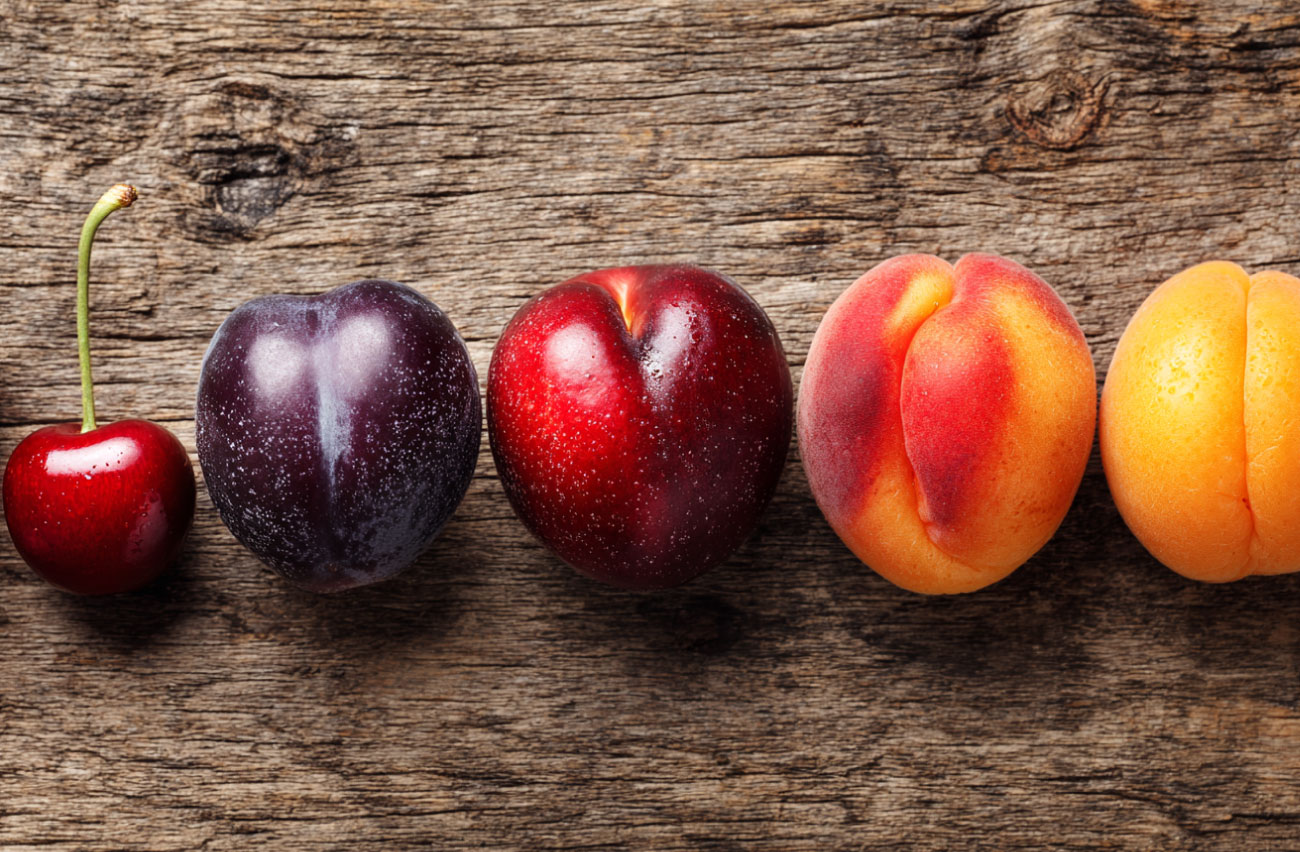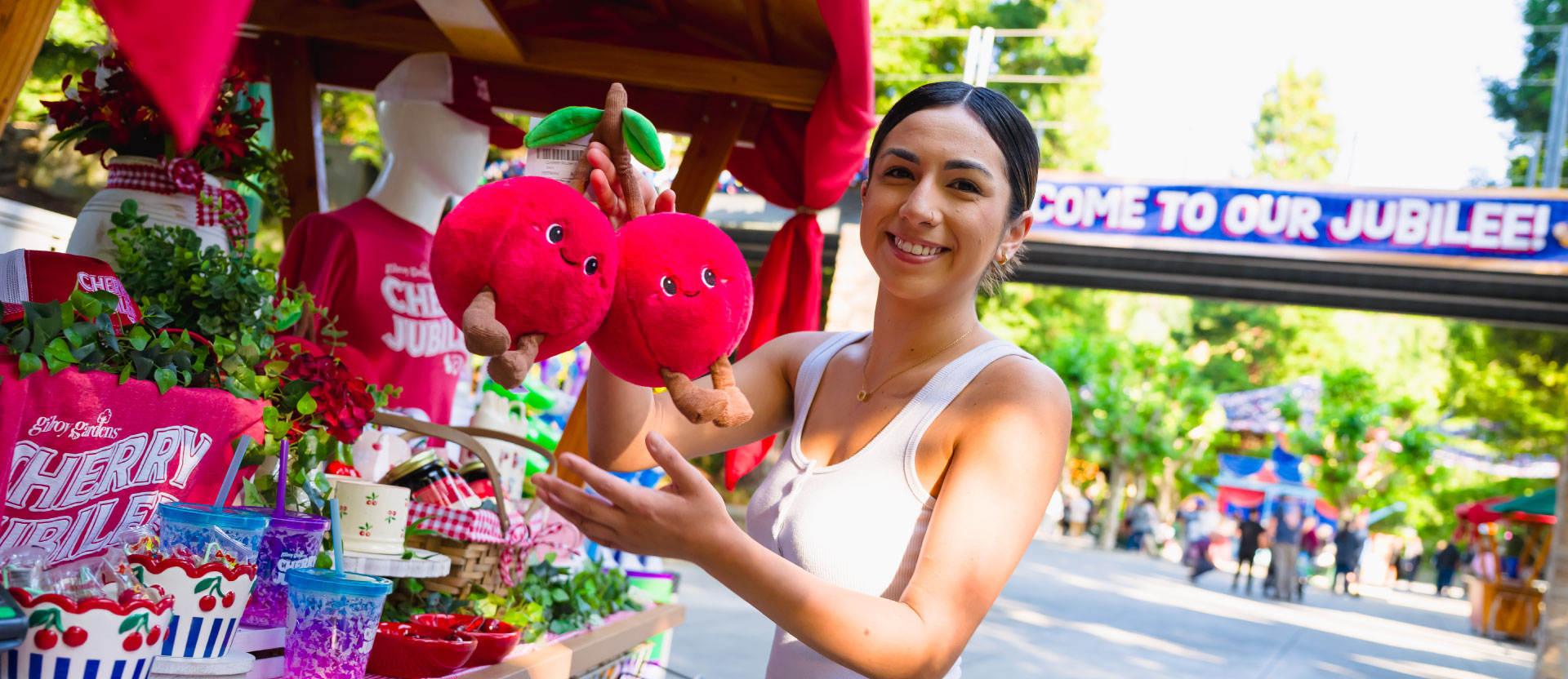
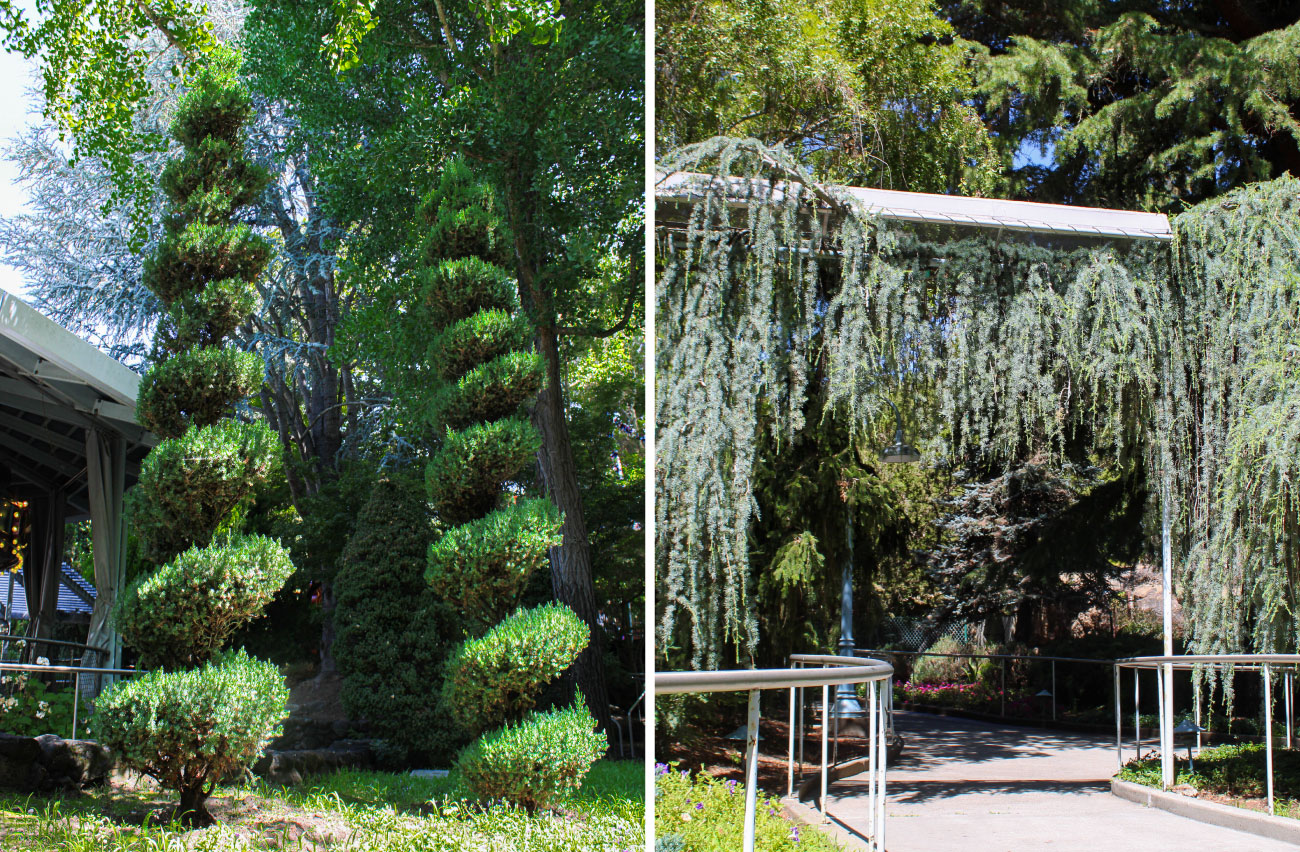
Conifers and Color
Claudia’s Garden is a quiet and peaceful place. It’s fun to wander on the curved paths and listen to the gurgling creek that flows through the garden. Most of the trees in this garden are conifers, which means they have needle-like leaves and produce seed cones.
Some of the trees are twisted into cool shapes called topiaries. Others are naturally “weeping,” with their branches growing down toward the ground. You’ll also notice lots of annual flowers planted among all the trees, with bright colors that change with the seasons.
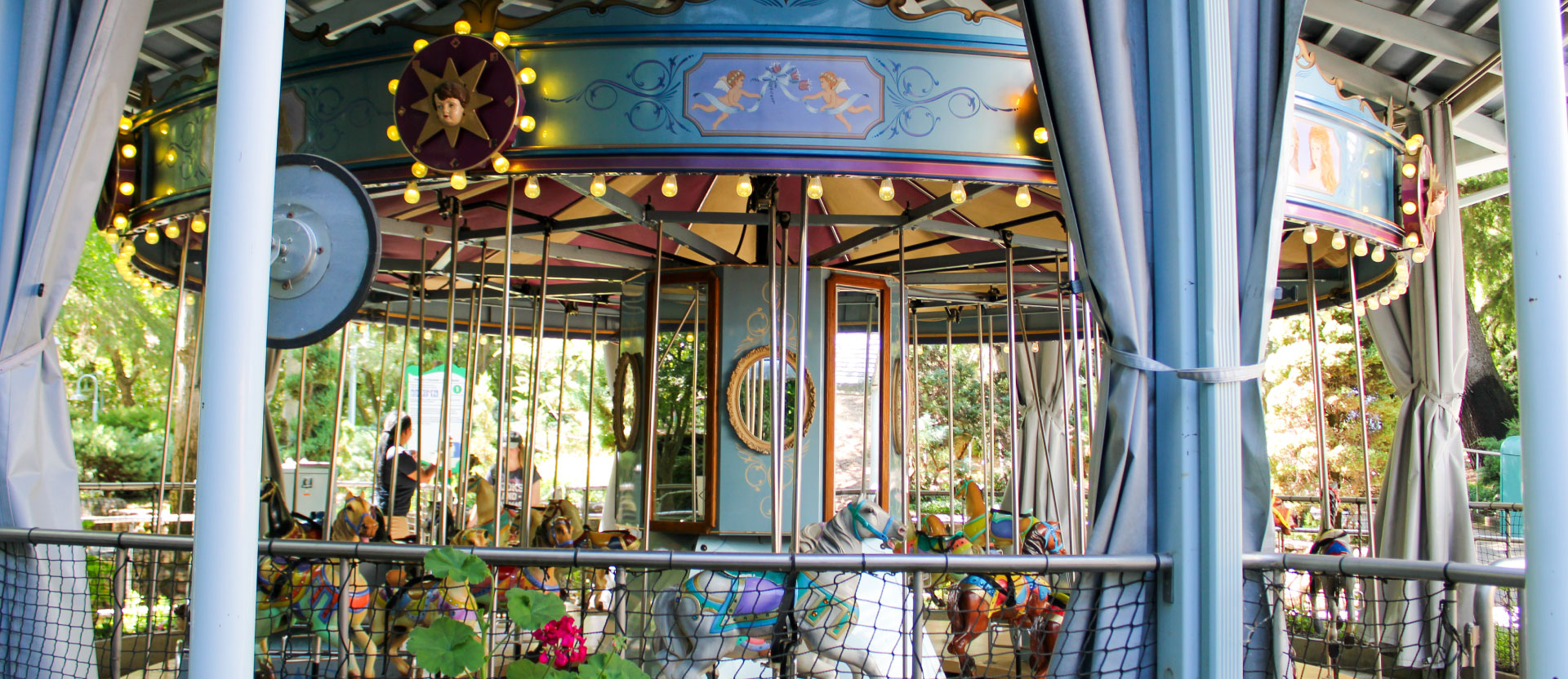
A Kids-Only Carousel
Claudia’s Garden has just one ride in it, but it’s a very special one. Claudia’s Carousel is an antique merry-go-round with miniature hand-painted horses that are sized just right for kids. (Sorry, grownups—you’re too big and will have to ride in the chariots instead.)
FUN FACTS
This carousel was built over 100 years ago and used to be inside a department store in Philadelphia, Pennsylvania—all the way on the other side of the country!
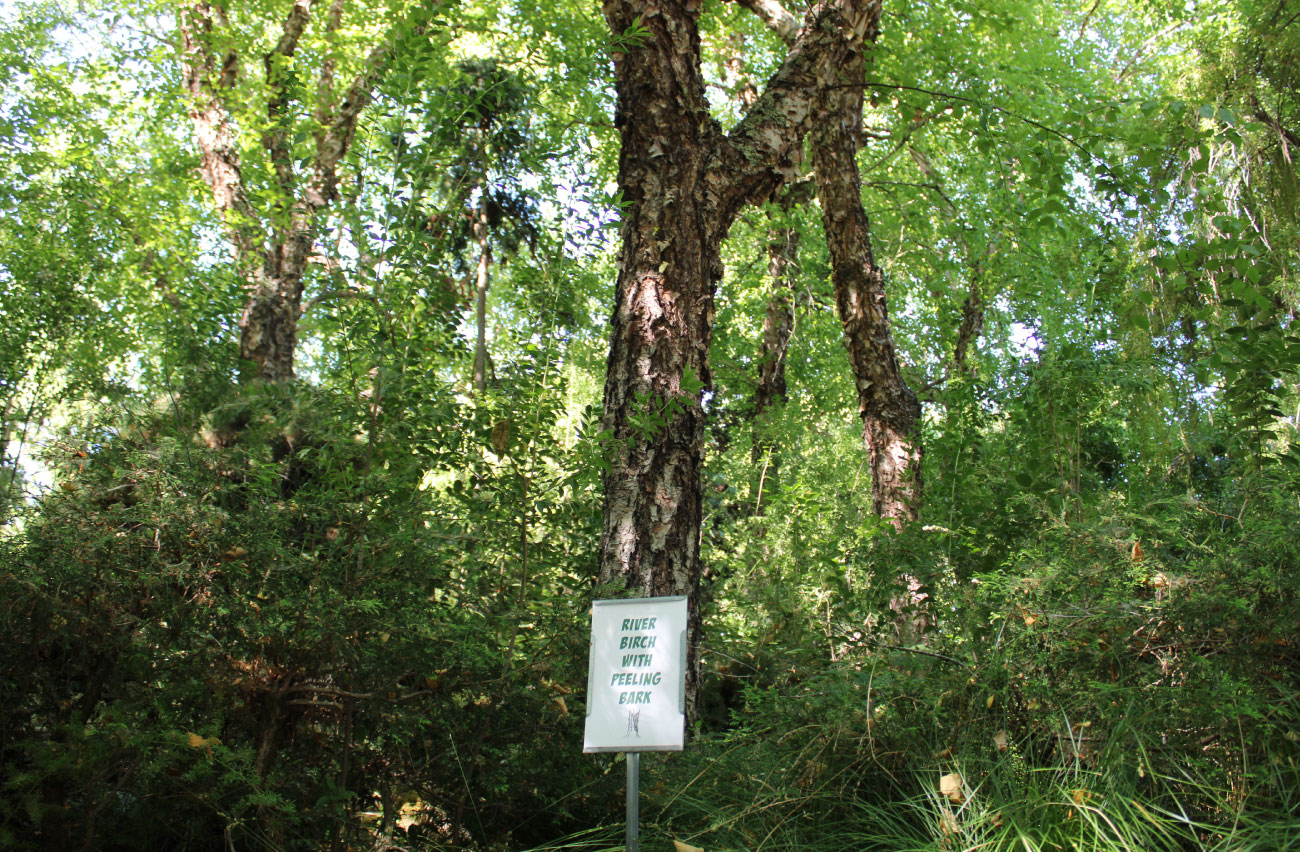
Other Interesting Plants & Trees
As you walk through Claudia’s Garden, look for the tall trees with distinctive peeling bark. Those are River Birch trees that were planted to provide dappled shade that’s just right for the miniature conifers growing below (as well as people looking to get out of the warm sun).
Claudia’s Garden is also home to some five spectacular Gingko Bilboa trees. This ancient species (over 160 million years old!) with distinctive fan-shaped leaves has grown alongside conifers throughout history and may be the genetic link between conifers and deciduous trees.
There are also over 40 Japanese Maple trees with leaves in different shapes and colors in Claudia’s Garden. How many can you count?

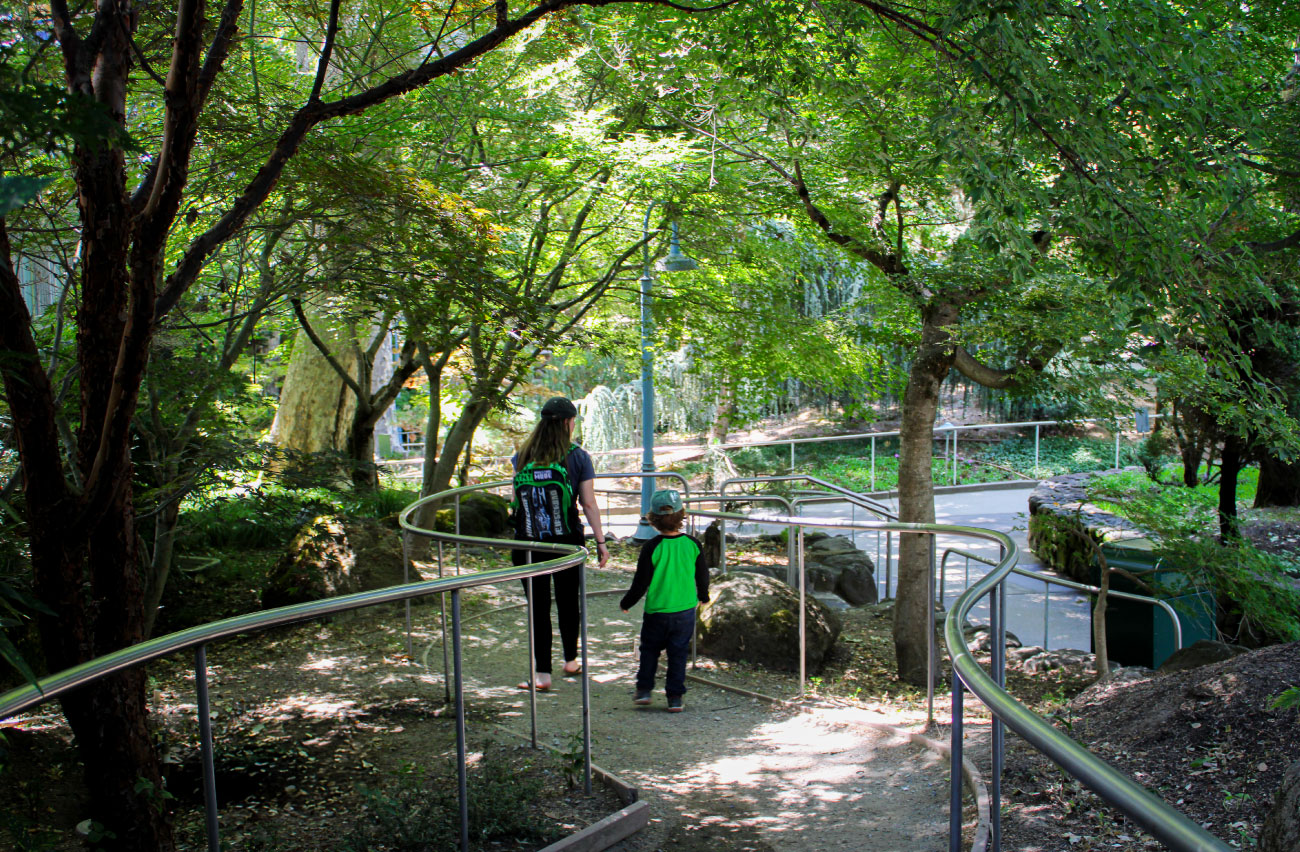
Step Into a World of Wonder
Most guests don’t notice it, but there’s also a “secret entrance” to Claudia’s Garden when you first enter the park. Keep your eyes open for it! It’s a little pathway just off the beginning of Sycamore Bridge, on the right side.


More Ways to Enjoy Claudia’s Garden
Claudia’s Garden is a magical place to explore—make sure you visit every time you come to Gilroy Gardens!
Students visiting during Natural Science Days or an Explorer Program field trip enjoy educational activities inside Claudia’s Garden.
Claudia’s Garden Landing, a romantic wood terrace that overlooks the garden and its serene waterfalls, is a lovely space that can be reserved for group events.

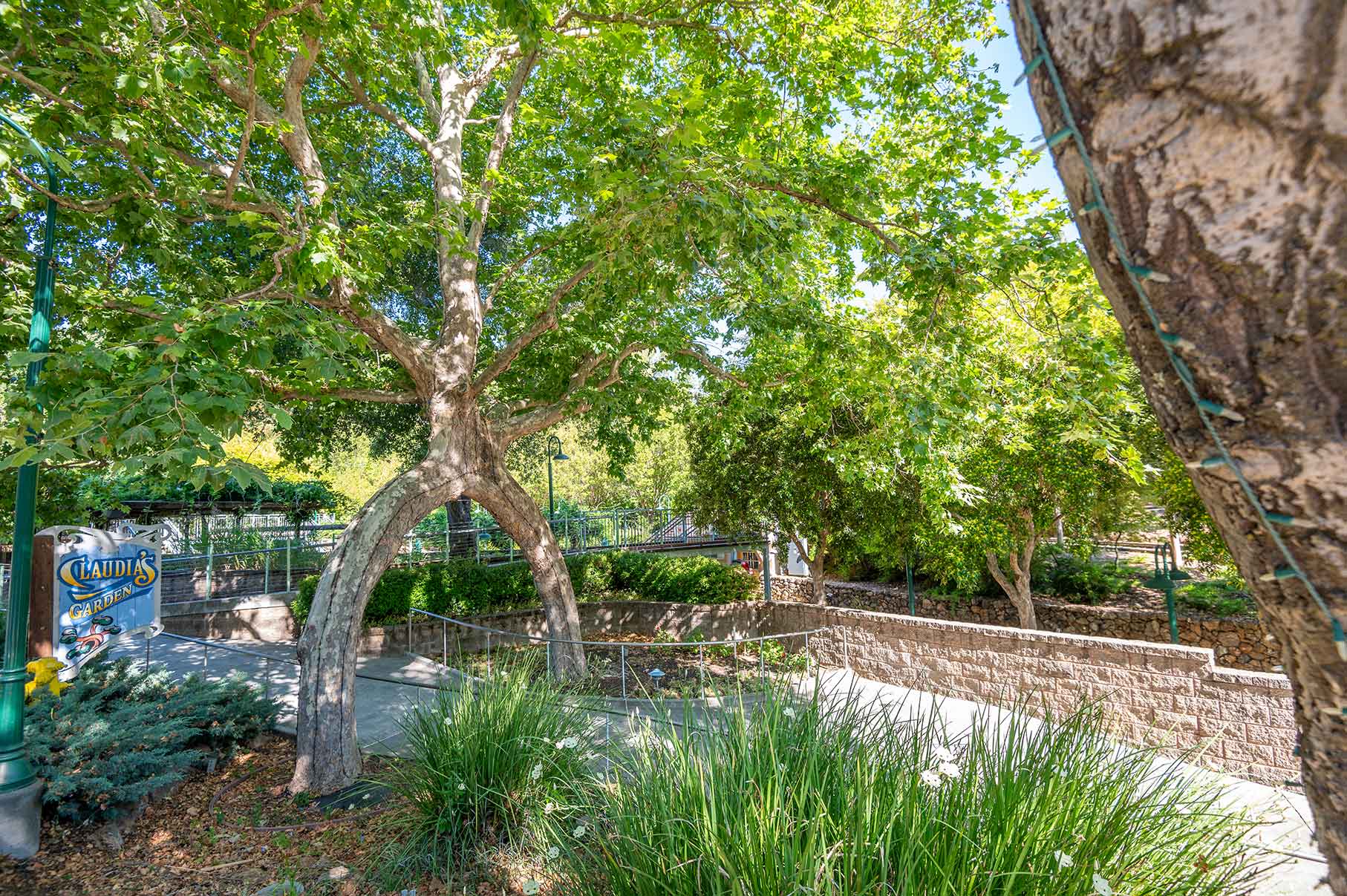
How to Visit Claudia’s Garden
Gilroy Gardens Family Theme Park is open from March through December and includes six majestic gardens, 40+ rides and attractions, and over 10,000 trees.
You can get discount single-day tickets online—or enjoy multiple visits throughout the year with a Premium or Value Membership. Children two and under are always free. Gilroy Gardens is a 501(c)(3) educational non-profit organization, so all Memberships are tax-deductible.

